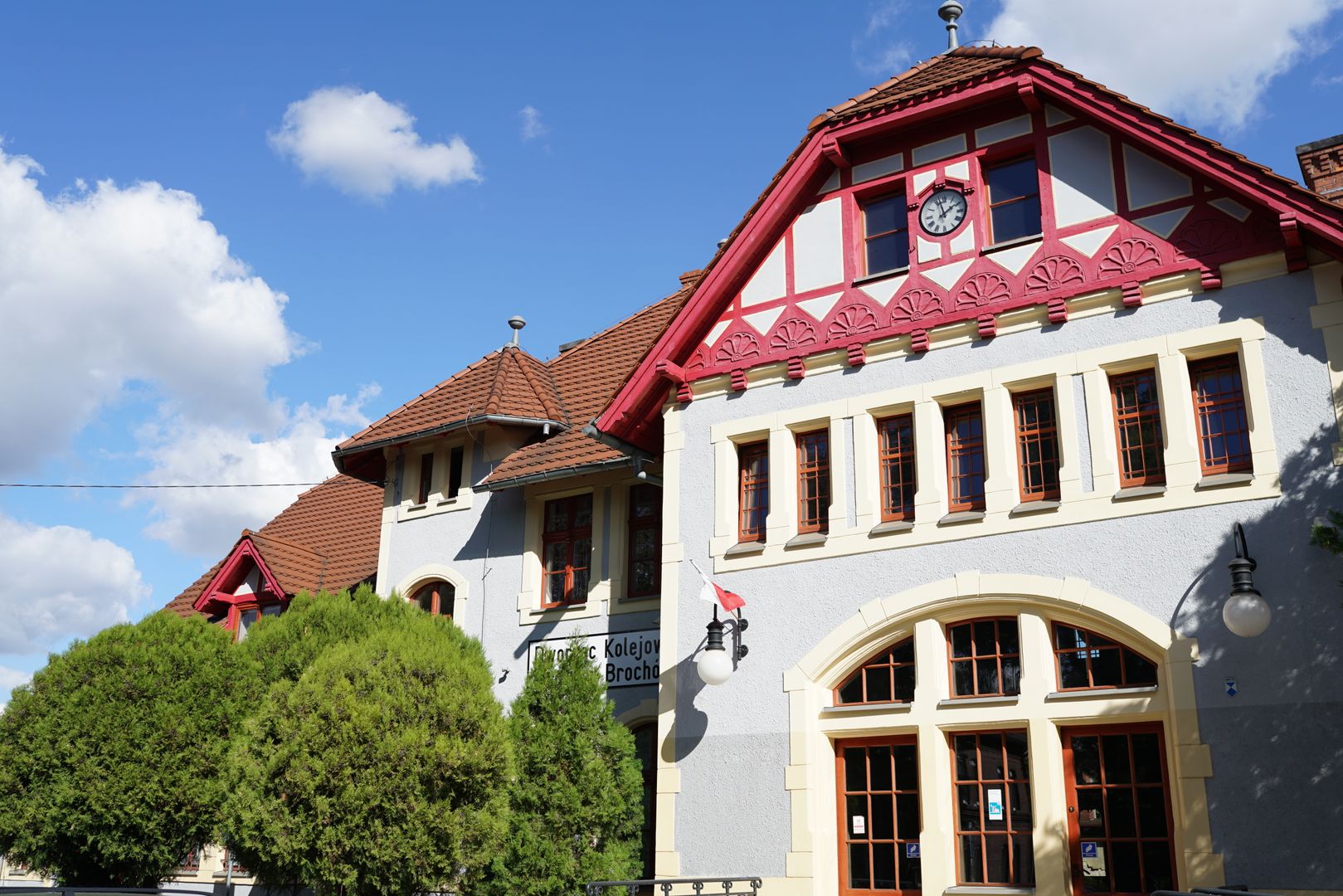Brochów
6.91

Overview
Brochów is a district located in the southeastern part of Wrocław, which functioned as an independent town between 1939 and 1950. Its history is deeply intertwined with the development of rail transport, particularly following the opening of the first section of the Upper Silesian Railway in 1842. This connection spurred significant population growth—from just 167 inhabitants in the 18th century to nearly 3,700 by the end of the 19th century. Known as the “town of flowers,” Brochów was home to renowned horticultural companies and diverse communities, including Poles from Upper Silesia and Jews.
The historical roots of Brochów date back to the Middle Ages, with the first written records mentioning the settlement in 1193. For over 600 years, Brochów was owned by the Augustinians, who greatly influenced its development and architecture—including the establishment of a park and a Baroque palace. The 20th century saw the construction of schools, churches, and public institutions such as a town hall and a people's theater, reflecting the area’s dynamic growth. After World War II, Brochów underwent major demographic and administrative changes and was formally incorporated into Wrocław in 1951.
Architecturally, Brochów boasts a number of valuable structures, including Neo-Romanesque churches, a historic train station from 1896, the former town hall, and many other buildings from the turn of the 19th and 20th centuries. The district also features historic parks and remnants of a former manor farm. Interestingly, during the interwar period, Brochów had numerous public facilities such as a cinema and a sports hall. Today, the area is home to several sports teams and enjoys a vibrant cultural life, with regular festivals and a local newsletter. Its small-town charm has been preserved, and in 2022, an aquapark was opened. Convenient bus connections provide residents with easy access to the center of Wrocław.
Location
Tickets
Powered by GetYourGuide
2025 Wizytor | All Rights Reserved